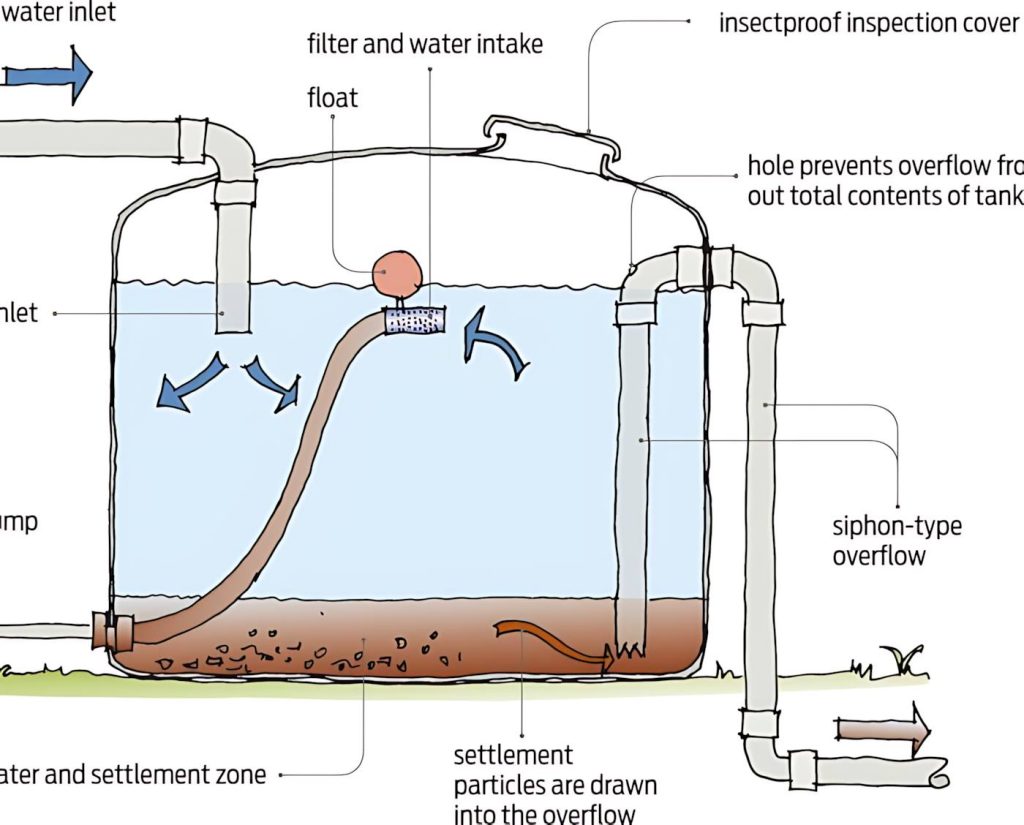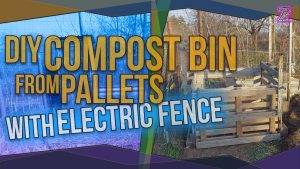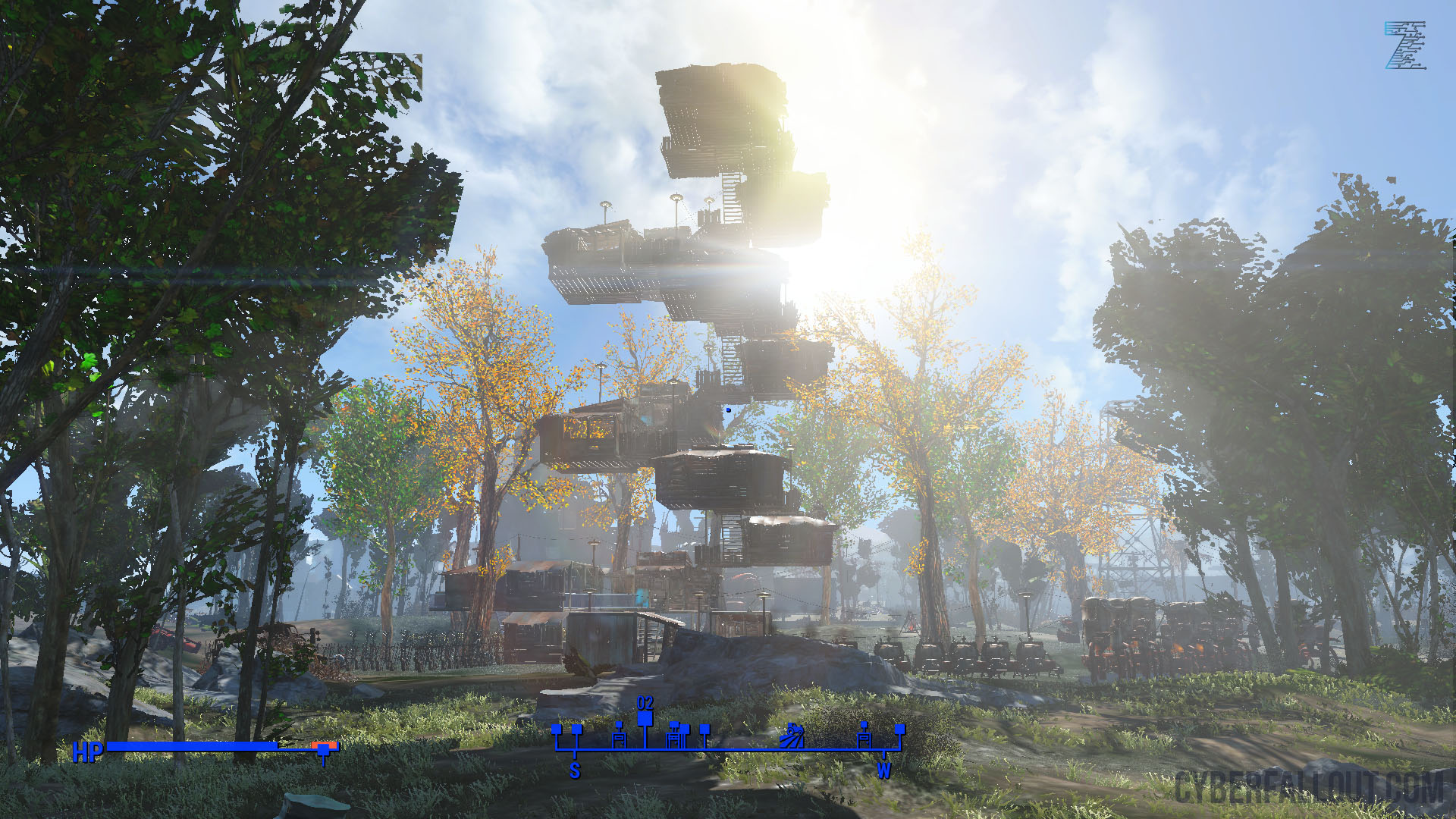Water prefiltering tank concept
Self sustainability, rainwater collecting

omponents:
- Water Tank: This is the main storage container for the water.
- Water Inlet: This is where the water enters the tank.
- Filter and Water Intake: This is where the water is filtered before entering the main tank.
- Float: This device rises and falls with the water level in the tank, controlling the inflow of water.
- Siphon-Type Overflow: This is the key component. It’s a curved pipe that creates a siphon effect to remove excess water from the tank.
- Settlement Zone: This is the area at the bottom of the tank where sediment and impurities settle.
How it Works:
- Water Filling: Water enters the tank through the inlet and is filtered before reaching the main storage area. The float rises as the water level increases, eventually stopping the inflow when the desired level is reached.
- Overflow Mechanism: If the water level rises too high, it reaches the siphon-type overflow.
- Siphon Action: The siphon creates a vacuum, causing water to flow rapidly out of the tank. This prevents the tank from overflowing completely.
- Sediment Settling: As water sits in the tank, sediment and impurities settle in the settlement zone.
- Regular Cleaning: The settlement zone needs to be cleaned periodically to remove accumulated sediment.
Benefits of Siphon-Type Overflow:
- Efficient Overflow: The siphon effect ensures rapid removal of excess water, preventing major overflows.
- Controlled Water Level: The float and siphon system help maintain a consistent water level in the tank.
- Sediment Removal: The settlement zone helps keep the water cleaner by trapping impurities.
Overall, this system provides a reliable and efficient way to manage water levels in a storage tank, preventing overflows and ensuring a consistent supply of water.
from Darro






